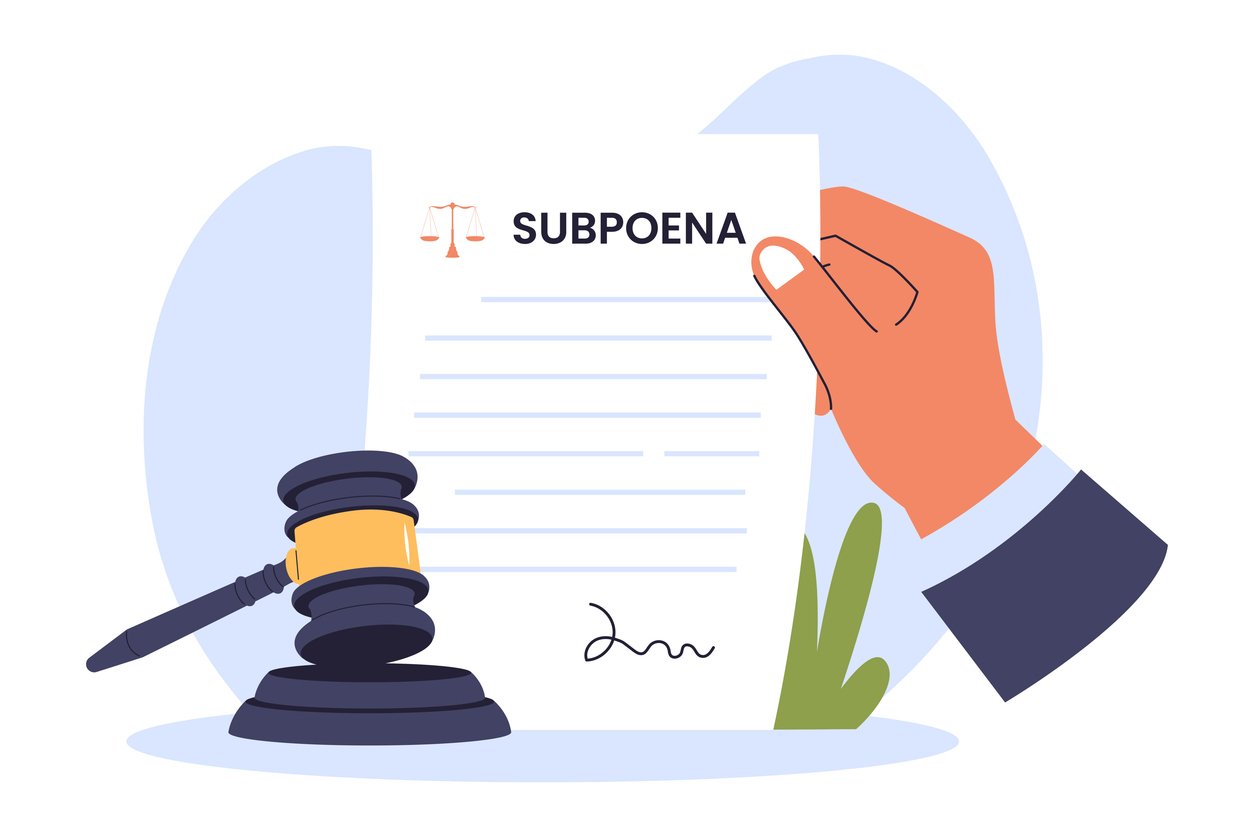Starting a sole proprietorship is one of the simplest ways to launch a business in California. As a sole proprietor, you have full control of your business, and the setup process is relatively straightforward compared to other business structures. This guide walks you through the steps to establish a sole proprietorship in California while ensuring compliance with state and local regulations.
What Is a Sole Proprietorship?
A sole proprietorship is a business structure where one person is responsible for the business operations, decisions, and liabilities. Unlike corporations or limited liability companies (LLCs), a sole proprietorship does not create a separate legal entity from the owner. This means that the owner is personally liable for all the debts and obligations of the business. To fully understand your rights and responsibilities as a business owner, it’s a good idea to seek professional advice from a local business lawyer who can guide you through the process of starting a sole proprietorship.
Characteristics of a Sole Proprietorship
Simplicity: The simplicity of a sole proprietorship is one of its main attractions. Setting up this type of business involves minimal paperwork and regulatory hurdles. You don’t need to draft complex legal documents or adhere to stringent compliance requirements. This simplicity allows entrepreneurs to focus on their business activities rather than bureaucratic processes.
Control: As a sole proprietor, you retain complete control over your business. This means you can make decisions quickly without needing to consult with partners or a board of directors. This autonomy can be advantageous for those who value independence and prefer to steer their business direction without outside interference.
Taxation: In a sole proprietorship, the business income is reported on the owner’s personal tax return, simplifying the tax process. This can lead to tax advantages, as you can claim business expenses on your personal return. However, it’s crucial to maintain thorough records to ensure accurate reporting and to maximize potential deductions.
Liability: One significant consideration is the issue of liability. As a sole proprietor, you are personally responsible for all business debts and obligations. This means personal assets, such as your home or car, could be at risk if your business incurs significant liabilities. Understanding this aspect is critical in weighing the risks associated with this business structure.
Steps to Start a Sole Proprietorship
Starting a sole proprietorship involves several key steps. Here’s how you can get started:
Step 1: Choose a Business Name
Importance of a Unique Name: Selecting a business name is an important first step. Your business name should be unique, easy to remember, and reflective of the products or services you offer. A distinctive name can help you stand out in the market and attract customers. Conducting a thorough search to ensure your desired name isn’t already in use is crucial.
Branding Considerations: The name you choose plays a significant role in your branding efforts. It should convey the essence of your business and appeal to your target audience. Consider how the name will appear in logos, marketing materials, and online platforms. A well-chosen name can establish a strong brand identity and facilitate marketing efforts.
Legal Aspects of Naming: Before finalizing your business name, check for any trademark issues or legal restrictions. This involves searching trademark databases and ensuring compliance with local regulations. The last thing you want is to face legal challenges after investing in branding and marketing under a name that infringes on existing trademarks.
Step 2: Register Your Business Name
Local Registration Requirements: Once you’ve chosen a name, you’ll need to register it with the appropriate government agency. This is often done through the county clerk’s office or a similar local agency. The process and requirements can vary significantly depending on your location, so it’s important to familiarize yourself with the specific guidelines in your area.
Importance of Registration: Registering your business name legally establishes your business identity. It protects your business name from being used by others in your area, securing your brand. This step also ensures that your business is recognized by local authorities, which is essential for compliance and operational legitimacy.
Maintaining Your Registration: After registration, it’s important to keep your business name registration active. This may involve renewing your registration periodically, typically every few years. Staying compliant with local regulations and maintaining your registration helps ensure your business remains in good standing.
Step 3: Obtain Necessary Permits and Licenses
Identifying Required Permits: Depending on your business type and location, you may need specific permits and licenses to operate legally. These could include health permits, zoning permits, or professional licenses. Researching and identifying the specific permits relevant to your business is crucial to ensure compliance and avoid legal issues.
Application Process: Once you identify the necessary permits, the next step is to apply for them. This process can involve completing forms, paying fees, and possibly undergoing inspections. It’s important to start this process early, as obtaining all the required permits can take time, and any delays could postpone your business operations.
Staying Compliant: After obtaining the necessary permits, maintaining compliance is essential. This means renewing permits as required, adhering to regulations, and keeping up with any changes in local laws. Regularly reviewing your compliance status can prevent potential legal challenges and business disruptions.
Step 4: Open a Business Bank Account
Importance of Financial Separation: Separating your personal and business finances is crucial. Opening a business bank account allows you to keep track of business expenses and income, making it easier to manage your finances. This separation simplifies bookkeeping, aids in accurate tax filing, and provides a professional image to clients and vendors.
Choosing the Right Bank: Selecting the right bank for your business account is an important decision. Consider factors such as fees, services, and the bank’s reputation. Look for banks that offer business-friendly services like online banking, merchant services, and business credit card options to facilitate your financial operations.
Managing Your Business Finances: Once your account is set up, effective financial management is key. Regularly monitor your account, categorize expenses, and keep detailed records. Utilizing accounting software can help streamline this process, ensuring you have accurate financial data for decision-making and tax reporting.
Step 5: Understand Your Tax Obligations
Reporting Business Income: As a sole proprietor, you’ll report your business income and expenses on your personal tax return. It’s important to understand how to properly report this income to avoid penalties. Keeping accurate records throughout the year ensures that you can accurately report your income and claim any deductions you’re entitled to.
Deductible Expenses: One advantage of a sole proprietorship is the ability to deduct business expenses on your personal tax return. These can include costs like office supplies, travel, and marketing expenses. Understanding which expenses are deductible can significantly reduce your taxable income, so consult tax professionals if needed.
Paying Estimated Taxes: Sole proprietors often need to pay estimated taxes quarterly. This requires calculating your expected tax liability and making timely payments to avoid penalties. Understanding this process and staying on top of payments is essential to maintain compliance with tax regulations.
Sole Proprietorship vs. LLC
When starting a business, you might wonder about the difference between a sole proprietorship and an LLC. While both are popular business structures, they have distinct differences:
Liability Protection
Sole Proprietorship Liability: In a sole proprietorship, the owner is personally liable for all debts and obligations. This personal liability can be a significant risk if the business incurs substantial debts or legal issues. Understanding this risk is crucial for making informed decisions about your business structure.
LLC Limited Liability: An LLC offers limited liability protection, meaning the owner’s personal assets are protected from business debts. This protection is a major advantage of forming an LLC, as it shields personal assets like homes and savings from being used to satisfy business liabilities.
Assessing Your Liability Needs: When deciding between a sole proprietorship and an LLC, consider your liability needs. If your business involves significant risk or you have substantial personal assets, an LLC might be a better option. Consulting with legal and financial advisors can help determine the best structure for your situation.
Taxation
Sole Proprietorship Taxation: In a sole proprietorship, income is reported on the owner’s personal tax return. This simplicity can be beneficial, but it also means that all income is subject to personal income tax rates. Understanding these tax implications is important for financial planning and compliance.
LLC Tax Options: An LLC offers flexibility in how it is taxed. Owners can choose to be taxed as a sole proprietorship, partnership, or corporation, depending on what is most advantageous. This flexibility can provide potential tax benefits, making the LLC an attractive option for many entrepreneurs.
Comparing Tax Implications: When choosing a business structure, compare the tax implications of each option. Consider factors like income, potential deductions, and long-term financial goals. Consulting with a tax professional can provide valuable insights into the most beneficial structure for your business.
Formation
Sole Proprietorship Formation: Establishing a sole proprietorship is easy and inexpensive, with minimal paperwork required. This simplicity allows entrepreneurs to start operating quickly and focus on growing their business. However, the lack of formal structure also means less protection and resources compared to other business forms.
LLC Formation Process: Forming an LLC involves filing articles of organization and may require additional fees and paperwork. This process is more complex than starting a sole proprietorship but offers more structure and protection. Understanding the formation process is crucial to ensure compliance and avoid legal issues.
Evaluating Your Business Needs: When deciding on a business structure, consider your long-term goals and resources. An LLC might be more suitable if you plan to seek investment or hire employees, while a sole proprietorship might be ideal for simpler operations. Assess your business needs and consult advisors to make an informed decision.
When to Transition from Sole Proprietorship to LLC
Protecting Personal Assets: As your business grows, you may consider transitioning from a sole proprietorship to an LLC to protect your personal assets. Significant personal assets can be at risk in a sole proprietorship, making the transition to an LLC a prudent choice for many entrepreneurs.
Managing Increased Business Risks: If your business is growing and facing increased risk or liability, transitioning to an LLC can provide the necessary protection. An LLC structure can help manage risks associated with expansion, contracts, and legal obligations, offering peace of mind as your business evolves.
Exploring Potential Tax Benefits: An LLC can offer potential tax savings, particularly as your business income increases. The ability to choose your tax structure and potentially lower your tax burden is a compelling reason to consider transitioning to an LLC. Consult with a tax advisor to explore these benefits and determine the best timing for your transition.
Examples of Sole Proprietorships
Many small businesses operate as sole proprietorships. Here are a few examples:
Freelancers
Writers: Freelance writers often operate as sole proprietors, providing services like content creation, editing, and ghostwriting. This structure allows them to work independently, manage their own schedules, and directly benefit from their creative efforts.
Graphic Designers: Graphic designers frequently work as sole proprietors, offering design services to various clients. This business model provides the flexibility to take on diverse projects and build a personal brand in the creative industry.
Photographers: Photographers often choose sole proprietorships to manage their photography businesses. This structure allows them to focus on their art while maintaining control over pricing, client relationships, and business operations.
Consultants
Business Consultants: Business consultants operate as sole proprietors, providing expertise and advice to companies seeking to improve operations, strategy, or performance. This setup offers the flexibility to work with different industries and tailor services to client needs.
Marketing Consultants: Marketing consultants often run their businesses as sole proprietorships, helping clients with branding, strategy, and digital marketing efforts. This structure allows them to leverage their expertise while enjoying the independence of entrepreneurship.
IT Consultants: IT consultants frequently choose sole proprietorships to deliver specialized technology solutions and support. This business model provides the autonomy to select projects that align with their skills and interests.
Retailers
Local Shops: Many small local shops operate as sole proprietorships, offering products directly to consumers. This structure allows owners to engage with their community and adapt quickly to market changes, fostering a personal shopping experience.
Online Stores: Online stores run by individual entrepreneurs often adopt the sole proprietorship model. This setup is ideal for those looking to sell products online without the complexity of forming a corporation or LLC, providing a straightforward path to e-commerce.
Service Providers
Hairdressers: Hairdressers often work as sole proprietors, offering personalized beauty services to clients. This structure allows them to build a loyal client base and manage their own schedules and pricing.
Landscapers: Landscapers frequently operate as sole proprietors, delivering landscaping and gardening services to residential and commercial clients. This business model offers the flexibility to work independently and tailor services to client preferences.
Personal Trainers: Personal trainers often choose sole proprietorships to manage their fitness businesses. This setup allows them to focus on client relationships and customize training programs, benefiting from direct client interactions and earnings.
Advantages and Disadvantages of a Sole Proprietorship
Advantages
Ease of Formation: One of the primary advantages of a sole proprietorship is its simplicity and cost-effectiveness to establish. With minimal paperwork and regulatory requirements, entrepreneurs can start their business quickly and focus on operations without being bogged down by legalities.
Full Control: The owner of a sole proprietorship has full control over business decisions without needing approval from others. This autonomy allows for quick decision-making and the ability to implement changes swiftly, fostering a responsive and agile business environment.
Direct Taxation: In a sole proprietorship, business income is reported on the owner’s personal tax return, simplifying tax filing. This direct taxation approach reduces complexity and administrative burden, making it easier for owners to manage their financial obligations.
Disadvantages
Unlimited Liability: One significant disadvantage of a sole proprietorship is the unlimited liability the owner faces. The owner is personally responsible for all business debts, meaning personal assets are at risk. This liability can be a major concern, particularly for businesses with high risk or debt levels.
Limited Growth Potential: Raising capital can be challenging in a sole proprietorship, as investors may prefer more formal business structures. The lack of access to external funding can limit growth potential, making it difficult to scale operations or pursue expansion opportunities.
Sole Responsibility: The owner must manage all aspects of the business, which can be overwhelming. This sole responsibility means handling everything from marketing and sales to finances and operations, requiring a diverse skill set and significant time investment.
Conclusion
Starting a sole proprietorship is a straightforward way to enter the world of business ownership. With minimal regulatory requirements and full control over your operations, it’s an attractive option for many entrepreneurs. However, it’s important to weigh the pros and cons and consider transitioning to an LLC if your business grows and faces increased risks. By understanding your options and making informed decisions, you can set your business on the path to success. Conduct thorough research, seek professional advice from a local business lawyer, and be prepared to adapt as your business evolves, ensuring a sustainable and prosperous entrepreneurial journey.






